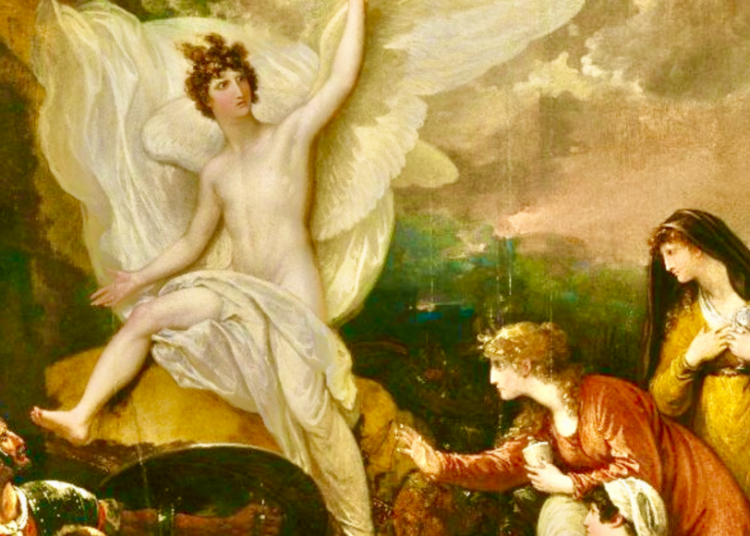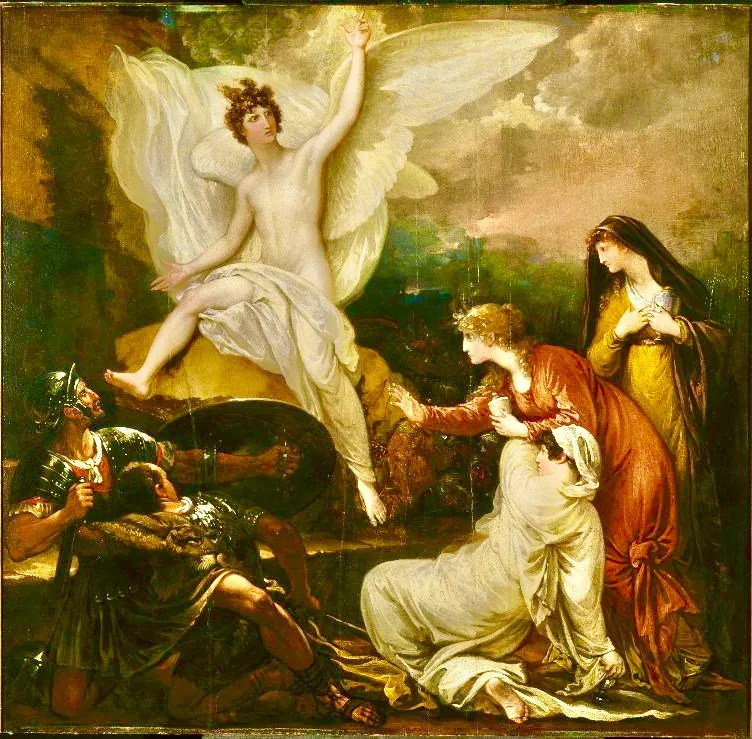Though Handel’s “Messiah” rightly reigns supreme as the king of music for Easter, there are many other seasonal masterpieces that deserve to be heard more often. Here are ten lesser-known classical works that brilliantly depict the dramatic events of Holy Week and Easter Sunday.
1. “Resurrexit” from the Messe Solennelle, by Hector Berlioz (1824)
The only part of a mighty Mass that the twenty-year-old (!) composer thought worthy of preserving (the rest of the Mass was reconstructed from orchestral parts discovered in a Belgian attic in the early 1990s), Berlioz’s “Resurrexit” is surely the most stirring realization of Jesus’ resurrection in all of music. It also makes one realize again how revolutionary was Berlioz’s music; the Mass was written three years before Beethoven’s death and yet already sounds like a work of post-Beethovenian Romanticism—though its being Berlioz’s music, it resembles no other composer’s work.
2. Stabat Mater, by Antonio Vivaldi (1712)
There have been many beautiful settings depicting the scene of the Mother of God standing in sorrow at the foot of the cross, but none more beautiful than this by “the Red Priest.” Yet more proof that this composer’s famous concertos are in fact the lesser of his creations.
3. Stabat Mater, by Gioachino Rossini (1841)
Rossini’s setting of the scene of the Stabat Mater—whose text comes from a 13th-century hymn possibly written by Pope Innocent III—comes a century and a quarter after the realization by his compatriot Vivaldi, and it is worlds apart in style as well as time. Drawing on the tradition of bel canto (“beautiful singing”) that he helped to make famous, Rossini’s effort is operatic in many sections, never more so than in the second movement, “Cuius animam gementem” (“Through her weeping soul”), in which the tenor sings, to a breezy tune, words of the utmost pathos.
4. The Mystery (Rosary) Sonatas, by Heinrich Ignaz Franz Biber (1676)
A series of fifteen short sonatas for violin and continuo based on the mysteries of the Rosary, this work composed by the seventeenth-century Austrian composer Franz Biber was unknown until 1905.
5. The Seven Last Words of Our Savior on the Cross, by Franz Joseph Haydn (1787)
Arranged variously for string quartet, orchestra, and orchestra and voices, Haydn’s Seven Last Words are a series of meditations on the seven final statements uttered by Jesus on the Cross.
6. Easter Oratorio, by Johann Sebastian Bach (1725)
Though not as well-known as the St. Matthew Passion and St. John Passion, Bach’s Easter Oratorio is a masterpiece in its own right.
7. Christ on the Mount of Olives, by Ludwig van Beethoven (1803)
The master’s sole oratorio dates from the same year as the composer’s epic “Eroica” symphony.
8. The Resurrection, by George Friedric Handel (1708)
Overshadowed at Easter by his Messiah, Handel’s oratario deserves to be better-known, as the rousing aria “Disserratevi porte d’averno” proves.
9. The King of the Jews, by Alexander Glazunov (1914)
The Russian composer created this music for a 1908 Mystery Play, employing orchestra and chorus, and drawing on the tradition of Russian Orthodox church music.
10. Lament of the Mother of God, by John Tavener (1988)
The composer himself wrote: “In the Orthodox Church, the Lament of the Mother of God is normally sung on Holy and Great Friday. In its full length it lasts about half and hour, and it is intoned by the Priest or Bishop while the people venerate the Epitaphios (or Shroud of the Dead Christ), which is in the centre of the church and decorated with flowers. The Lament must be sung with an ikon-like stillness and great purity. It grows in intensity as it climbs in tessitura, but without anything sudden or remotely melodramatic. For the Orthodox Church there is never the sense of absolute desolation felt by the Western Church on Good Friday. Hence the cry of the Mother of God ‘Dost thou change my grief to gladness by thy Resurrection?’, followed by the full forces: ‘Rise O God, and judge the earth.’”
This essay was first published here in April 2015.
The Imaginative Conservative applies the principle of appreciation to the discussion of culture and politics—we approach dialogue with magnanimity rather than with mere civility. Will you help us remain a refreshing oasis in the increasingly contentious arena of modern discourse? Please consider donating now.
The featured image is “The Angel of the Lord Announcing the Resurrection” (circa 1805) by Benjamin West and is in the public domain, courtesy of Wikimedia Commons.



